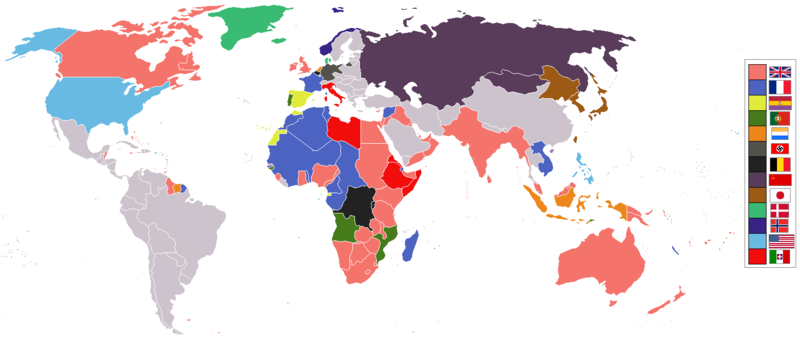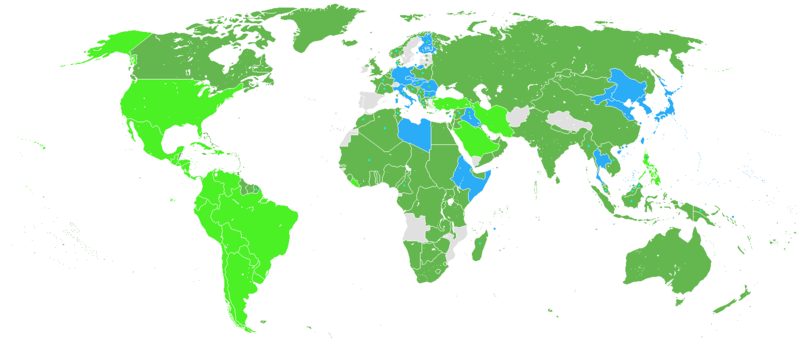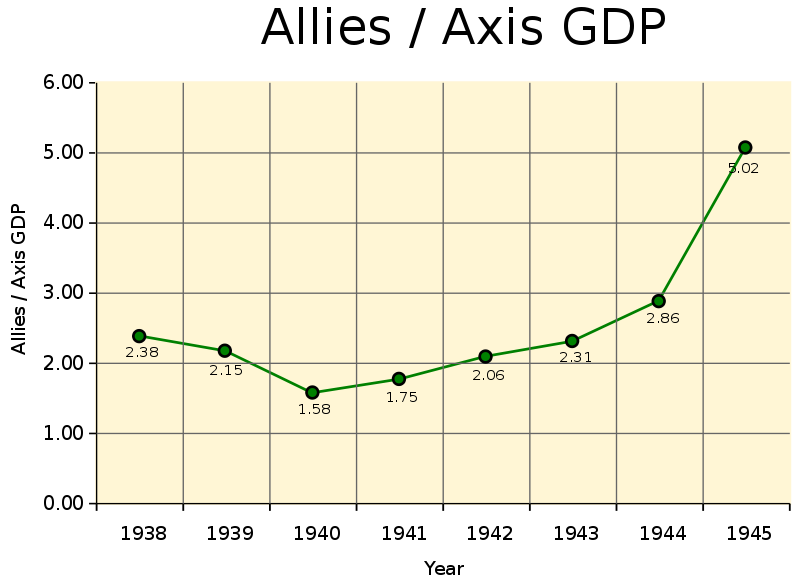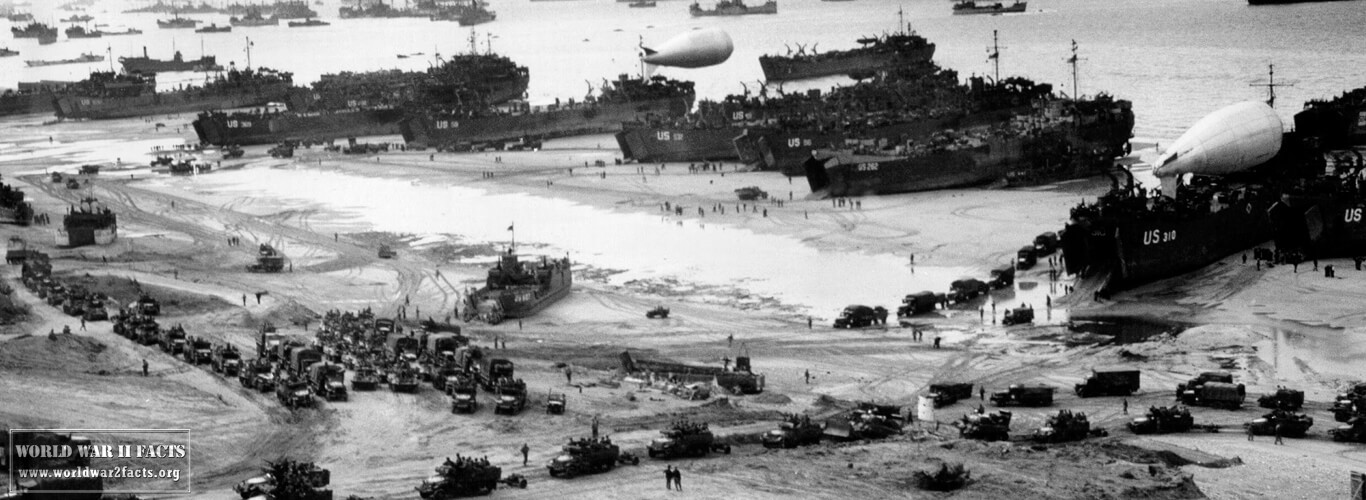World War 2 Countries

Countries in WW2
Contents
- Countries in WW2
- What countries fought in WW2?
- Allied Powers of World War 2
- Allied Power Supporters
- Axis Powers (Primary Signers of the Tripartite Treaty)
- Who were the Co-Signers of the Tripartite Treaty?
- Formerly at War with the Axis before WW2
- WW2 Countries that Were Occupied, Attacked, or Switched Sides During WW2
- WW2 Neutral Countries
- World War 2 Countries References
World War 2 (WWII) was the Second World War of the 20th Century, but more so than the first, it was a global war. Western countries’ generally acknowledged dates of the War range from 1939 through 1945; however, the more progressive view includes the start of the war when Japan invaded China earlier in the 1930s. World War 2 involved the majority of the countries in the world, including all major powers, which formed two predominant alliances throughout the war: the Axis and the Allies. During the war, more than 30 countries with more than 100 million personnel served in uniform in various World War 2 countries. Each participant entered a “Total War” during the conflict, devoting their civilian and military resources to the efforts. By the end of WW2, the world would see between 50 and 85 million deaths making the conflict the most deadly in modern history.
What countries fought in WW2?
World War II was one of the most devastating conflicts in history and involved a number of countries from around the world. The primary combatants in this global conflict were the Axis Powers and the Allied Powers. The Axis Powers consisted of Germany, Italy, Japan and their smaller allies, while the Allied Powers included the United Kingdom, France, the Soviet Union and the United States.
In addition to these major players, many other countries participated in World War II, either by sending troops or supplying resources for the war effort. These nations included Australia, Brazil, Canada, China, India, Mexico, New Zealand, Norway, South Africa, Turkey and Yugoslavia. Many of these countries were also occupied by either the Axis or Allied forces during the course of the war.
The combined death toll of World War II was estimated to be over 80 million people, making it one of the deadliest conflicts in human history. While the major powers emerged as victors, there were many other smaller nations whose fates were determined by the outcome of this conflict.
Allied Powers of World War 2
The Allies in WW2 were the nations that were opposed to Adolf Hitler and the Axis Powers during the war. In 1939, the coalition of countries that formed this group consisted of Poland, France, and the United Kingdom. The British Commonwealth (Canada, Australia, New Zealand, South Africa, and Newfoundland) joined the Allies soon after the outbreak of war. In mid-1941, the Soviet Union joined the group after Operation Barbarossa, and the United States joined after the attack on Pearl Harbor. By 1942, the United States, Soviet Union, and Great Britain would control the policies and significant resource allocation of the Allies. Using alliances to try and stop all wars of aggression, additional Allies would join the group throughout the war and ultimately help create the United Nations in 1945.
Allied Countries in WW2
- Australia
- Brazil
- Canada
- Newfoundland
- New Zealand
- South Africa
- Soviet Union (starting in June 1941)
- United Kingdom
- United States (beginning in December 1941 after the attack on Pearl Harbor)
Allied Power Supporters
During World War II, a number of countries provided support to the Allied Powers in their fight against the Axis Powers. These nations played an important role in opposing fascism and tyranny, both militarily and diplomatically.
The United States and the United Kingdom were the two most prominent Allied Power supporters, with the U.S. providing much of the military might need to win the war. Other countries that contributed significantly to the Allied cause included Canada, Australia, New Zealand, India, and Brazil. The contribution of these nations was vital in turning the tide against the Axis forces, ultimately leading to their defeat in 1945.
Not all countries supported the Allies throughout the war, however. Some nations remained neutral, while others chose to side with the Axis Powers or contribute to the war effort in a limited capacity. Regardless of their level of involvement during the conflict, each nation had its reasons for choosing as it did.
- Argentina
- Bolivia
- Chile
- Colombia
- Costa Rica
- Cuba
- Dominican Republic
- Ecuador
- Egypt
- El Salvador
- Guatemala
- Haiti
- Honduras
- Iraq
- Lebanon
- Liberia
- Mexico
- Mongolia
- Nicaragua
- Panama
- Paraguay
- Peru
- Saudi Arabia
- Turkey
- Uruguay
- Venezuela
Given the historical significance of this period and its lasting impact on our world today, discussing and understanding each country’s role during World War II is essential. By reflecting on the actions of these various nations during this time, we can gain insight into the decisions made by leaders of the past and learn valuable lessons that can help shape our understanding of international relationships moving forward.

Axis Powers (Primary Signers of the Tripartite Treaty)
The Axis Powers were the nations who found the Allies and other countries during World War 2. The Alliance started to form as early as 1936 when Italy, Germany, and Japan started to sign treaties with each other. In 1939, it became a military alliance called the “Rome-Berlin Axis.” The following year, 1940, saw the Tripartite Pact signed that set the military goals for the coalition. Once World War 2 ended in 1945, the Axis alliance was no more.
- Italy
- Japan
- Germany
- Bulgaria (March 1st, 1941)
- Hungary (November 20th, 1940)
- Romania (November 23rd, 1940)
- Slovakia(November 24th, 1940)
Who were the Co-Signers of the Tripartite Treaty?

Dark Green: Allies before the Japanese attack on Pearl Harbor, including colonies and occupied countries.
Light Green: Allied countries that entered the war after the attack on Pearl Harbor.
Blue: Axis Powers and their colonies or countries that had to choose a side to stay independent.
Gray: Neutral countries during WWII
Dark green dots represent countries that initially were neutral but, during the war, were annexed by the USSR.
Light green dots represent countries that later in the war changed from the Axis to the Allies.
Blue dots represent countries either being conquered by the Axis Powers, becoming puppets of those (Vichy France and several French colonies, Croatia), or Finland, which was just an ally.
Formerly at War with the Axis before WW2
- Austria (annexed to Germany, “Anschluss”, March 13th, 1938)
- Ethiopia (annexed by Italy in 1936, after the Abyssinia crisis, independence was restored in 1941)
- Republic of China (at war with Japan since 1931).
WW2 Countries that Were Occupied, Attacked, or Switched Sides During WW2
During World War II, many countries were affected in some way through occupation, attack, or changing sides. Poland was the first victim of Nazi aggression when Germany invaded in September 1939. This was followed by a 1940 invasion of Denmark and Norway, then 1941 invasions of Yugoslavia, Greece, and the Soviet Union. France also fell to the German forces in 1941 after five weeks of fierce fighting.
The Soviets held their own against their attackers, but they began to take back Eastern Europe in 1944 and 1945. The Yalta Agreement of 1945 allowed the USSR to occupy and control much of Eastern Europe until 1991. Germany was also attacked during this time period; allied forces conducted bombings on German cities from 1942-45.
Japan too was heavily involved in the war, occupying many countries in Southeast Asia in 1941. These included Thailand, Malaya, Singapore, Burma, French Indochina (now Vietnam), the Dutch East Indies (now Indonesia) and the Philippines. The allies were able to reclaim most of these territories with their victory at the Battle of Midway in June 1942 and by 1943 Japan had been stopped from further advances.
Overall, WW2 saw many nations change sides or come under attack. It is a reminder that wars can have a huge impact on the lives of people around the world.
| Country | Status | Year Invaded or Occupied | Notes |
|---|---|---|---|
| Albania | Occupied | 1939 | Occupied by Italy, then Germany |
| Belgium | Occupied | 1940 | Occupied by Germany |
| Bulgaria | Joined Axis | 1941 | Joined Axis Powers, declared war on Allied Powers |
| China | Occupied | 1937-1945 | Occupied by Japan |
| Denmark | Occupied | 1940 | Occupied by Germany |
| Finland | Attacked | 1939-1944 | Attacked by Soviet Union, later allied with Germany |
| France | Occupied | 1940 | Occupied by Germany |
| Greece | Occupied | 1941-1944 | Occupied by Germany, Bulgaria, Italy |
| Hungary | Joined Axis | 1940 | Joined Axis Powers, declared war on Allied Powers |
| India | Occupied | 1942-1945 | Occupied by Japan |
| Italy | Switched Sides | 1943 | Switched sides from Axis Powers to Allied Powers |
| Japan | Occupied | 1941-1945 | Occupied much of Southeast Asia, Pacific Islands |
| Netherlands | Occupied | 1940 | Occupied by Germany |
| Norway | Occupied | 1940 | Occupied by Germany |
| Poland | Occupied | 1939-1945 | Occupied by Germany, Soviet Union |
| Romania | Joined Axis | 1940 | Joined Axis Powers, declared war on Allied Powers |
| Soviet Union | Attacked | 1941-1945 | Attacked by Germany |
| United Kingdom | Attacked | 1940-1941 | Attacked by Germany |
| United States | Attacked | 1941-1945 | Attacked by Japan |
Note: This table is not exhaustive, as many other countries were affected by WW2 in various ways. Additionally, some countries, such as Spain and Portugal, remained neutral throughout the war and were not invaded or occupied by any foreign power.

WW2 Neutral Countries
World War II was a global conflict that affected many countries. Some countries chose to stay neutral during the war, while others took sides in the fight. In this post, we’ll explore the different countries that declared neutrality during this turbulent period.
Finland
When World War II began in September 1939, Finland declared neutrality. This position was complicated by the fact that Finland shared a long border with Soviet Union, an ally of Nazi Germany. The Finnish government maintained its neutrality for most of the war, but had to engage in minor skirmishes with Soviet forces on several occasions. After suffering some losses, Finland signed an armistice with the Soviets in September 1944.
Ireland
Ireland also declared its neutrality when World War II began. In 1939, the Irish government adopted a policy of armed neutrality, meaning they would maintain a defensive military posture against any possible aggressors. They provided limited supplies and materiel to Allied forces but remained officially neutral throughout the conflict.
Spain
Spain was one of the first countries to declare their neutrality at the outset of World War II. When France fell to Nazi Germany in 1940, Spanish leader Francisco Franco announced his intention to remain neutral. Despite economic ties with both Allied and Axis powers, Spain maintained its nominal neutrality until it declared itself an active non-belligerent in 1943.
Sweden
Sweden declared its neutrality early on in the war, hoping to avoid involvement in the conflict. To achieve this goal, Sweden adopted a policy of “armed non-alignment”, meaning they maintained a large standing army but avoided taking either side in the conflict. As a result, Sweden could provide aid to Allied and Axis countries without becoming seen as belligerent.
Switzerland
Finally, Switzerland also declared its neutrality when World War II broke out. Like Sweden, Switzerland adopted an “armed non-alignment” policy and maintained a large standing army throughout the war. In addition to providing humanitarian assistance to refugees and POWs, Switzerland also served as a haven for many refugees fleeing Nazi Germany.
World War 2 Countries References
- Axis Powers of World War 2, World War 2 Facts
- HistoryOrb.com World War 2 Timeline
- National World War 2 Museum World War 2 Timeline
- PBS.org Interactive, The Perilous Fight
- PBS.org Timeline of World War 2
- United States Holocaust Memorial World War 2 Timeline




